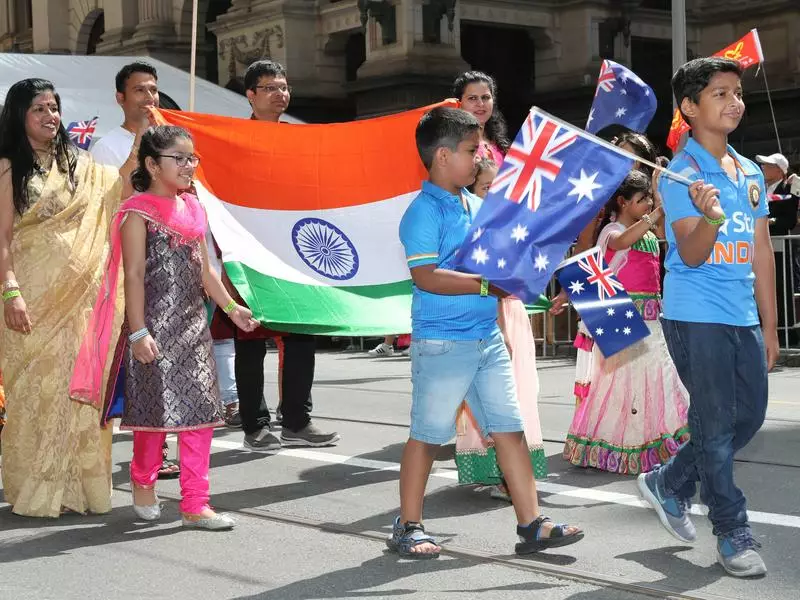Australia is witnessing a major demographic shift, with Indian migrants expected to surpass the British as the largest overseas-born population in the country by 2025. According to new data released by the Australian Bureau of Statistics (ABS), the number of Indian-born Australians has more than doubled over the last decade, reflecting a growing trend of migration from Asia-Pacific nations rather than Europe.
As of June 2024, 916,330 India-born residents are living in Australia—up from 411,240 in 2014. In contrast, the number of British-born Australians has gradually decreased, from 1.01 million in 2014 to 963,560 in 2024. At this pace, Indian migrants could become the leading group of foreign-born Australians within the next year.
The ABS figures show that 8.58 million Australians—31.5% of the total population—were born overseas, marking the highest proportion since the country’s federation. This is a notable increase from 30.7% in 2023 and 28% a decade ago. Only once before, in 1891, has the overseas-born share of the population been higher, at 32%.
Dr. Liz Allen, a demographer from the Australian National University, stated that this migration trend is helping to move Australia away from its historical “White Australia” roots. “This shift shows Australia is increasingly drawing its migrants from younger populations in the Asia-Pacific region,” she explained, pointing to global competition for skilled migrants among aging nations such as the UK, Canada, and Germany.
Indian migrants are being drawn to Australia for its peaceful environment and cultural acceptance. Vasan Srinivasan, president of the Federation of Indian Associations of Victoria, recalls how rare it was to meet another Indian when he arrived in 1987. Today, he says, Indian migrants feel trusted, respected, and integrated. “Australians are easier to work with, more tolerant, and less judgmental than in the UK or USA,” he said. “Plus, life here is peaceful and safe.”
This positive word-of-mouth reputation is reportedly encouraging more Indian families to settle in Australia. The trend is also echoed in other growing migrant populations. Over the past five years, Australia has seen significant increases from China (234,000), the Philippines (164,000), and Nepal (155,000). Other notable growth has come from Pakistan, Sri Lanka, Thailand, Colombia, and South Africa.
New Zealand, once ranked as the second-largest country of origin for migrants in Australia, has now slipped to fourth place, behind the UK, India, and China.
The shift away from Europe and toward the Asia-Pacific is helping Australia address a pressing demographic concern: its ageing local population. Dr. Allen emphasized that the country’s workforce needs cannot be met without immigration. “Migration is essential to maintaining economic growth and balance,” she said.
Australia’s overseas-born population has steadily grown since the post-war era. The lowest recorded figure came in 1947, when only 10% of the population was born overseas, due to the impact of two world wars and the Great Depression. Since then, migration has been a key factor in Australia’s development, making the nation one of the most multicultural in the world.

